Jordan is absolutely brimming with ancient settlements and tourist-worthy hotspots that attract attention from far and wide. There’s no doubt that when it comes to old architecture, vast culture and rich history, Jordan ranks among the best. But there are a few settlements in Jordan, let alone the world, that can compare to the anciency of Jawa.
It was in 1931 when Jawa was first reported by French explorer Antoine Poidebard, who had mistaken the site for Roman Ruins. He photographed it from above, though the first expeditions to Jawa wouldn’t be had until many years later. Many simply didn’t see any significance in the ruins at first, until 1950, until an expedition had made the journey and found that rather than the Roman Age, the remains had rather significant evidence of dating back as far as the Early Bronze Age.
Often called ‘the Lost City in the Black Desert’, trips to Jawa weren’t easy – especially back then. The Black Desert is known for its harsh conditions and difficult liveability, stretching out across thousands of kilometres.
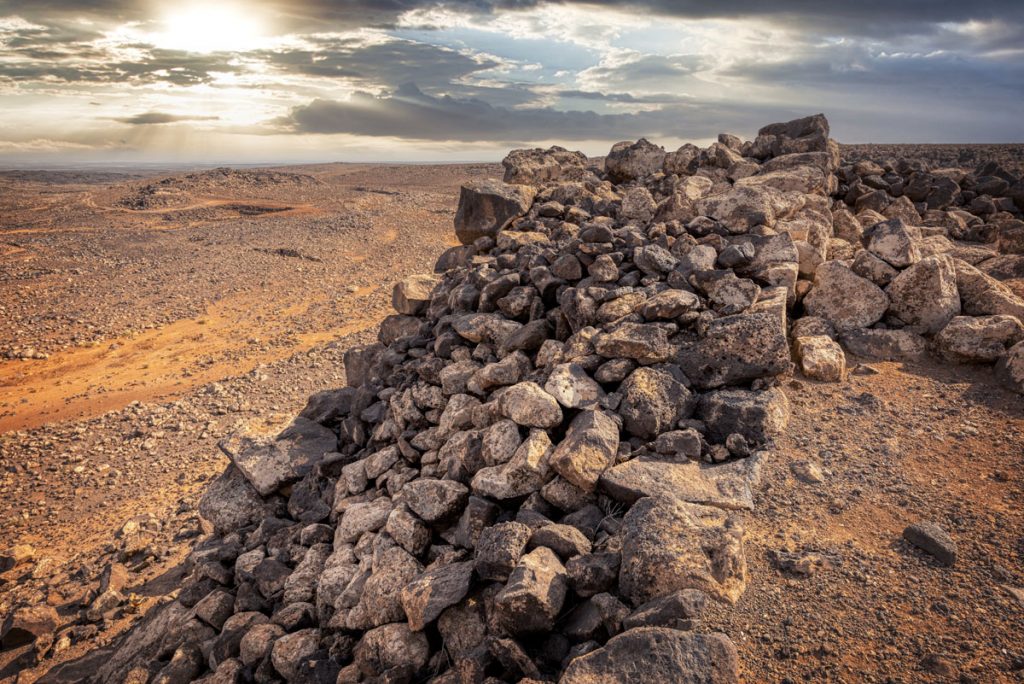
In many studies and documentation, evidence has been found that humans had managed to occupy this land up until the Early Bronze Age – which in many ways explains the structures of Jawa, in their long-forgotten ruin. Basalt stone rocks and searing heat are all that remain in the desert.
Many Mysteries of Jawa
Perhaps the greatest mystery surrounding the ancient settlement of Jawa, aside from the uncertainty regarding who built it in the first place, is the bizarre case of its canal systems, which still run water today just as they were designed 5,000 years ago.
Jawa had been properly excavated in the 1970s by Canadian archaeologist Sven Helms, who had also estimated that the era of Jawa’s founding had to be around 3300 BC, dating back even 600 years before the building of the Great Pyramids in Egypt. Nothing quite so old has thus been found anywhere else in Jordan, and the question of how such structures were made in the first place is still quite uncertain, with tools from that era thought to be too unadvanced and undeveloped to make it possible.
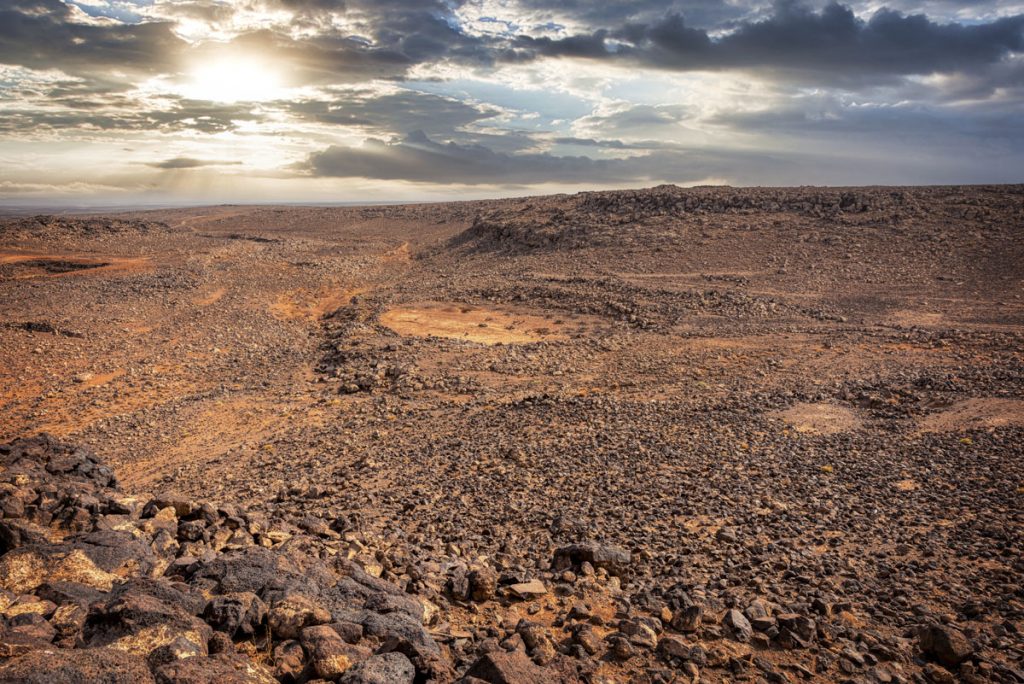
It’s also unclear what the purpose of Jawa may have been – aside from being a simple settlement. Some theorise it may have been built by refugees from ancient Syria or Mesopotamia, while others believe it may have simply been an outpost for a different society.
Though the Black Desert, today, is entirely unliveable, 5,000 years ago it was likely to have been far less so, thus making it a potentially good place to build a settlement or outpost. Water supply is still in question, with the system of ancient canals and dams having likely been a key part of this society’s function. However, it’s also been found that soon after its establishment, it was promptly abandoned.
Despite being the oldest known settlement in Jordan, Jawa remains a mystery on almost all matters. How its inhabitants disappeared without a trace, and why they chose to settle there, to begin with, may all be questions that get answered one day. Today, they remain some of Jordan’s most alluring questions.
Specialising in unique visual and digital experiences, Alex Design Lab provides thoughtful, elegant solutions for your business.
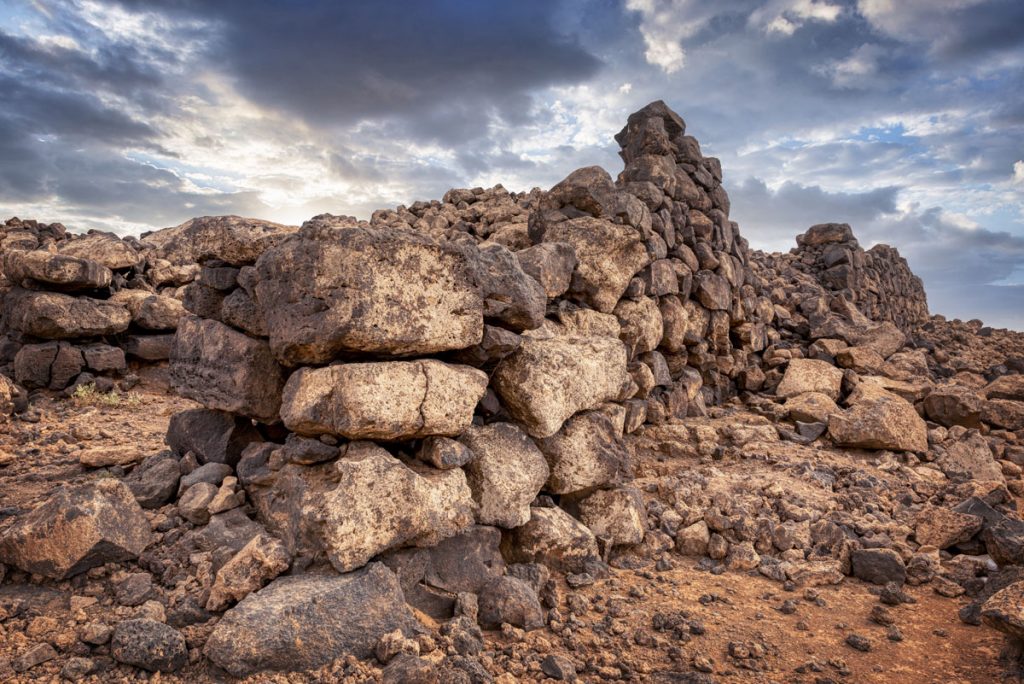





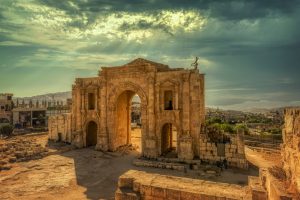

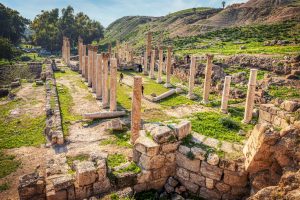
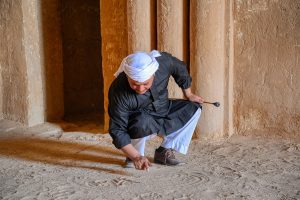

One Response
This attractions looks amazing, great photos.